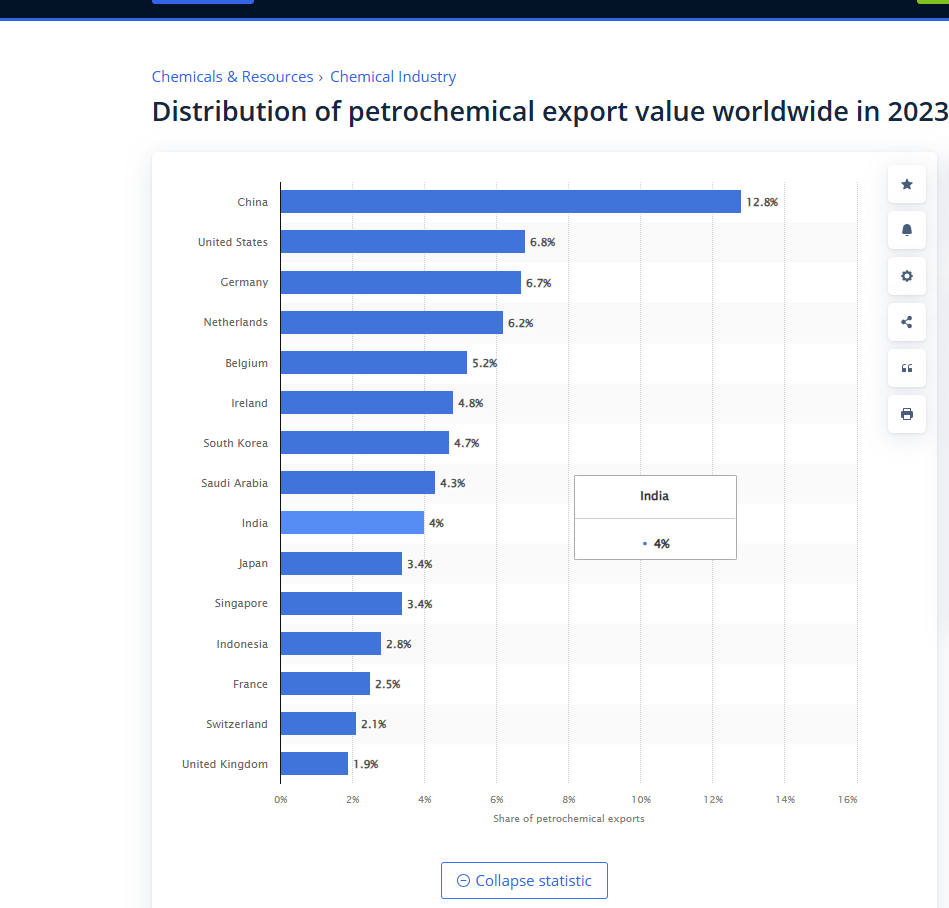“In the world of energy, the most powerful forces are often the ones that work in the shadows, quietly shaping the future.” – Energy Strategist
Singapore might be a small island nation, but don’t let its size fool you—it wields a disproportionate influence on global trade, energy markets, and petrochemical industries. If you've ever heard the phrase "small but mighty," Singapore is the epitome of it. This is no accident. Sitting strategically along the Strait of Malacca, one of the busiest shipping lanes in the world, Singapore capitalizes on its geographic location to dominate the global supply chains of petroleum refining, petrochemical production, and marine fuel distribution.
However, Singapore’s energy success isn’t simply due to its location or infrastructure—it’s also a result of the vital energy relationships it shares with neighboring Malaysia, particularly in the natural gas and oil sectors. The combined influence of Singapore’s refining and petrochemical industries, its marine fuel market, and its close ties to Malaysia has allowed the city-state to rise as a linchpin in global energy markets.
In this article, we will examine how Singapore became the powerhouse it is today, delving into the city-state’s refining capabilities, its leadership in petrochemical production, and its role in the global marine fuel market. We will also explore the vital relationship with Malaysia that serves as the foundation of much of Singapore’s energy success, highlighting how natural gas and oil imports from Malaysia play a crucial role in ensuring Singapore’s energy security and industrial dominance.
Singapore’s refining capacity is one of the largest in the world, positioning the country as a cornerstone of the global energy supply chain. In 2023, the city-state processed approximately 70 million tonnes of crude oil, refining over 1.5 million barrels per day. This makes Singapore a key player in the global refining landscape, particularly in Asia, where it serves as a vital hub for producing high-value products such as gasoline, diesel, jet fuel, and naphtha.
But it’s not just crude oil refining that sets Singapore apart. The city-state has transformed its refining infrastructure into an integrated petrochemical complex, producing everything from ethylene and propylene to methanol and polyethylene. These petrochemicals are the building blocks for industries around the world, including electronics, automotive, pharmaceuticals, and textiles
.In fact, Singapore is one of the largest exporters of petrochemical products globally. With a production capacity of over 12 million tonnes annually, the country stands as the 10th-largest exporter of petrochemicals, following behind powerhouses: China, the United States, Germany, Netherland, and Belgium. The petrochemical industry contributes significantly to the Singaporean economy, accounting for billions in export revenue and providing critical products for various sectors, particularly in Asia
.Singapore’s role as a refining and petrochemical powerhouse has been critical in positioning it as the fourth-largest exporter of petroleum products globally. According to recent data, in 2022, Singapore’s petroleum product exports were valued at approximately USD 60-70 billion, with refined petroleum products contributing heavily to this total. Gasoline, diesel, jet fuel, naphtha, and liquefied petroleum gas (LPG) are some of Singapore’s major exports, serving countries across Asia, Europe, and beyond.
Here’s an overview of the estimated value of petroleum product exports by the top ten countries:
Keep reading with a 7-day free trial
Subscribe to The Monetary Skeptic to keep reading this post and get 7 days of free access to the full post archives.






